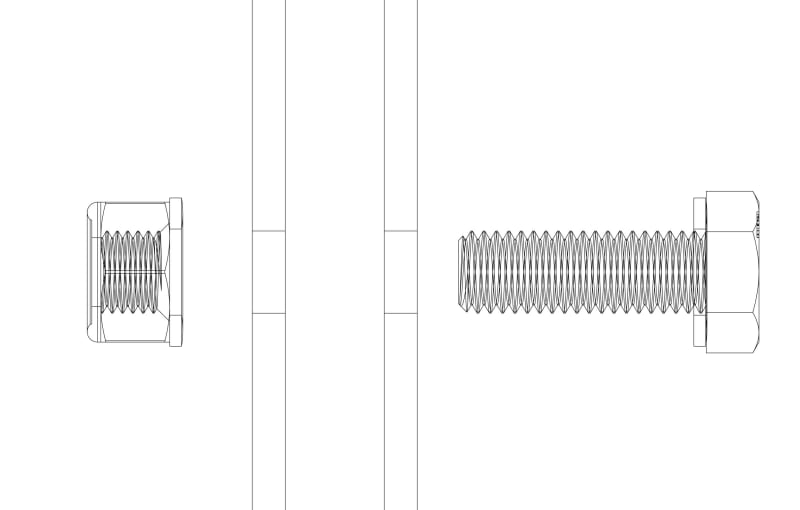Keratin
Mechanical
- Aug 22, 2024
- 6
Hi,
I have two sheet metal parts that need to freely rotate alongside each other around a bolt that holds them together.
I'm after some advice on how to achieve this function by adding a ball bearing or a shoulder washer type setup. The load would be very light around 1.5kg.
In particular, how is free rotation achieved between the two sheet metal parts after tightening them together?
Any help would be greatly appreciated. Thanks.


I have two sheet metal parts that need to freely rotate alongside each other around a bolt that holds them together.
I'm after some advice on how to achieve this function by adding a ball bearing or a shoulder washer type setup. The load would be very light around 1.5kg.
In particular, how is free rotation achieved between the two sheet metal parts after tightening them together?
Any help would be greatly appreciated. Thanks.


